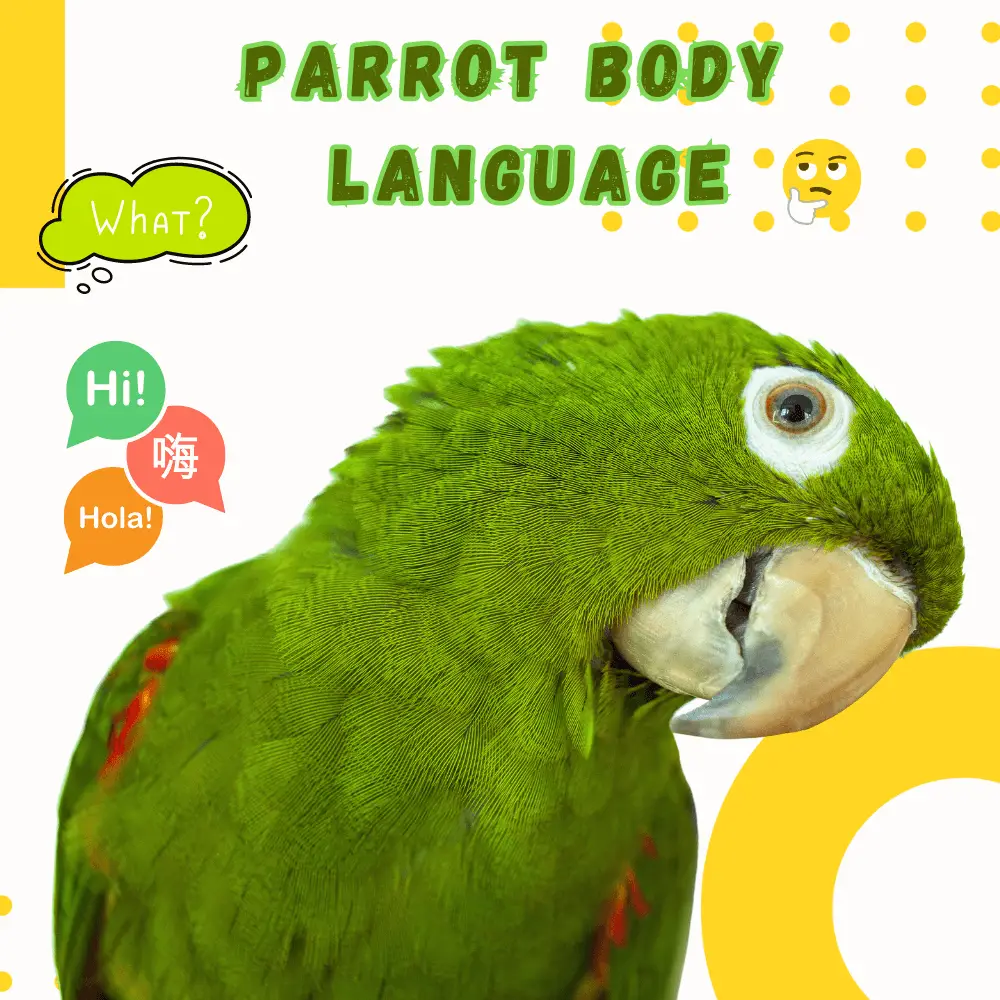Parrot Body Language: Learning the body language of a healthy parrot will help you know when it feels good or sick, as well as when it wants attention or food. Most types of parrots are open books that can be recognized through their body language.
Once you know the signs or signals of a parrot, it is not difficult to know when your bird is happy. , or asleep, or terrified, so in this article, you will learn the parrot body language.
Understanding parrot body language
A feathered parrot often stands on the side of the cage or on a peg inside the cage, and the parrot tries to flap and flap a lot, and the flap of the parrot’s wings is a parrot doing some exercises, and it can also indicate that the parrot needs more activity or wants It catches your eye.
The location of the custom in the parrot’s body language:
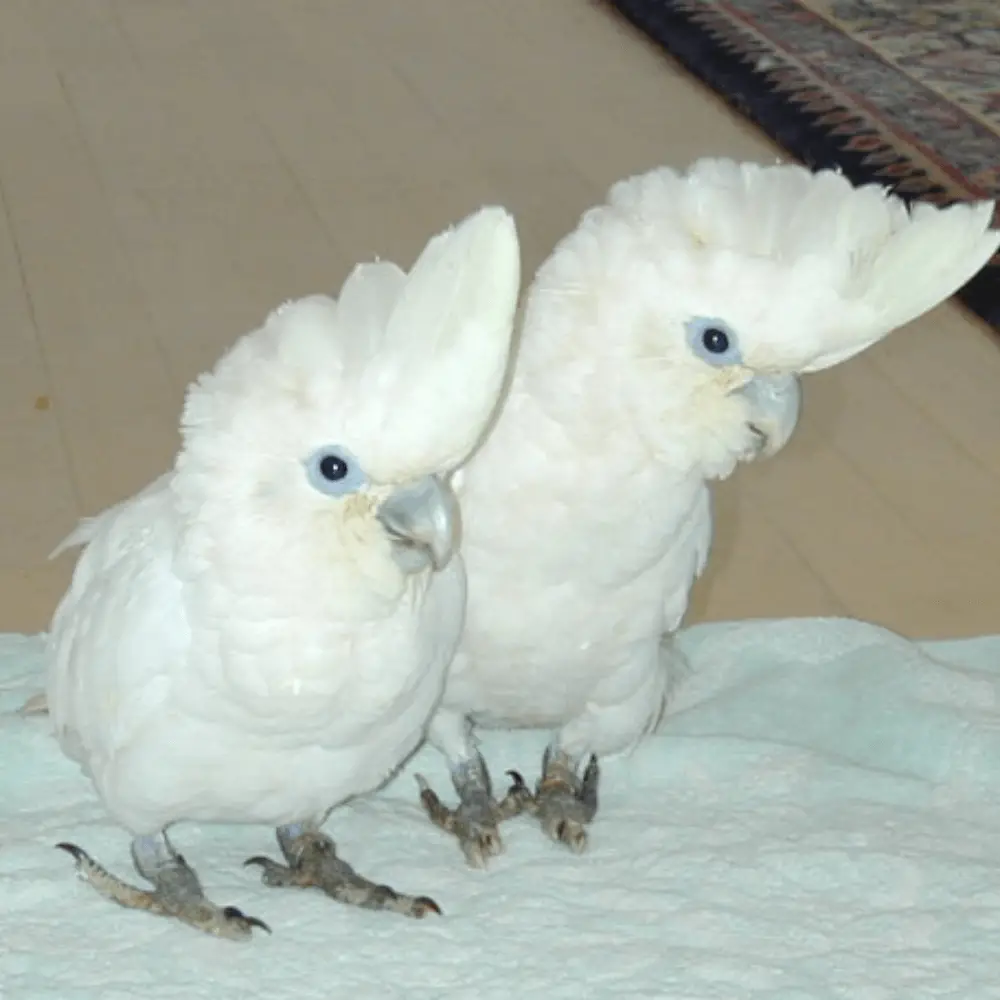
The cockatoo parrot, the cockatiel parrot, and the hawk-headed parrot have a wonderful way of showing you how they feel. The parrot’s crest or what is called the parrot’s crest when it is backward is evidence that the parrot is in a state of relaxation and contentment.
When you play with the parrot, it will raise its head crest as well. On satisfaction and acceptance, when the parrot raises the crest to the top in an interesting way, this is an indication of excitement and fear, and if the parrot feels very tired, it lowers its crest above its head.
The meaning of fluffing feathers in parrot body language:
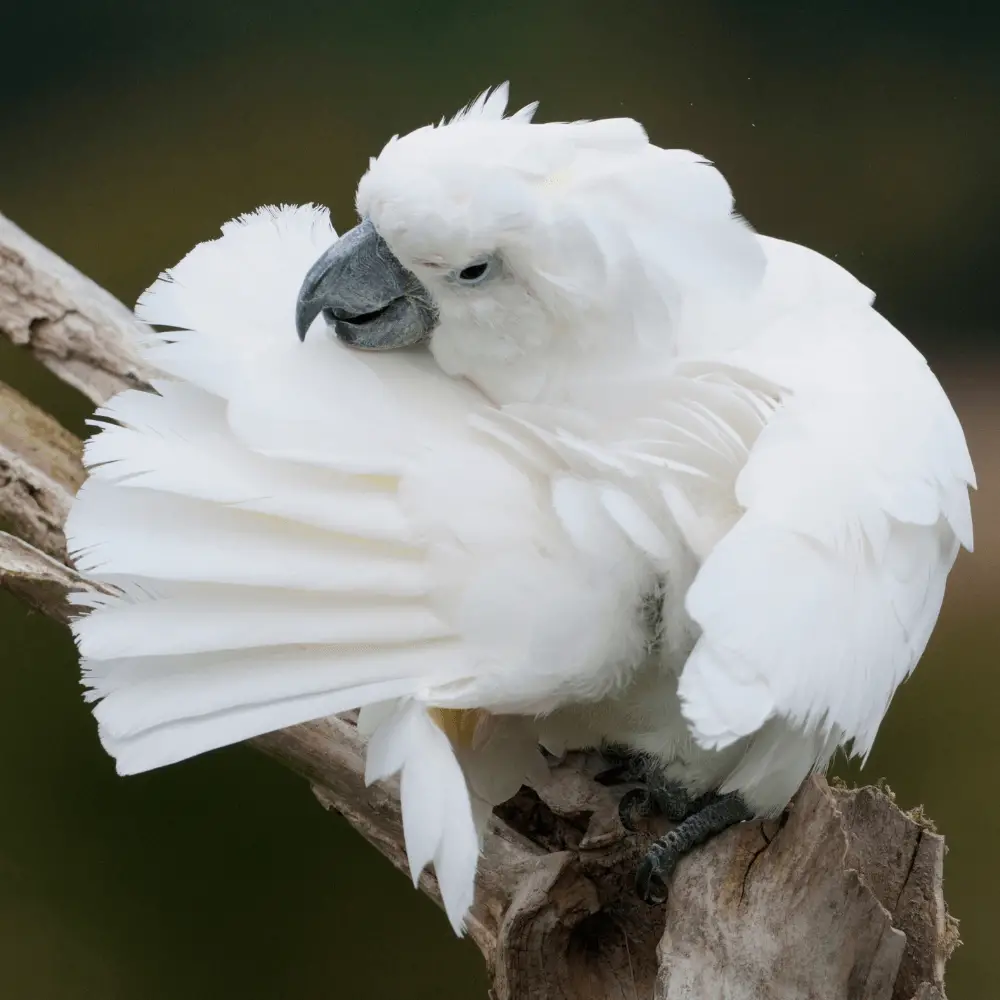
Parrots will fluff their feathers quickly to release tension, much like when humans take a quick moment to stretch before moving on to the next task. Parrots also fluff their feathers after an epilation session so that all the particles of dirt that have just been removed will fall off.
You may notice a fine dusting of powder. It emits from the parrot after it does this, especially if you have a gray parrot, a cockatoo parrot, or a cockatiel parrot. A parrot that stays for a long time may be in a state of fluffing its feathers, as this is an indication that the parrot is in poor condition or health.
The meaning of dance in parrot body language:
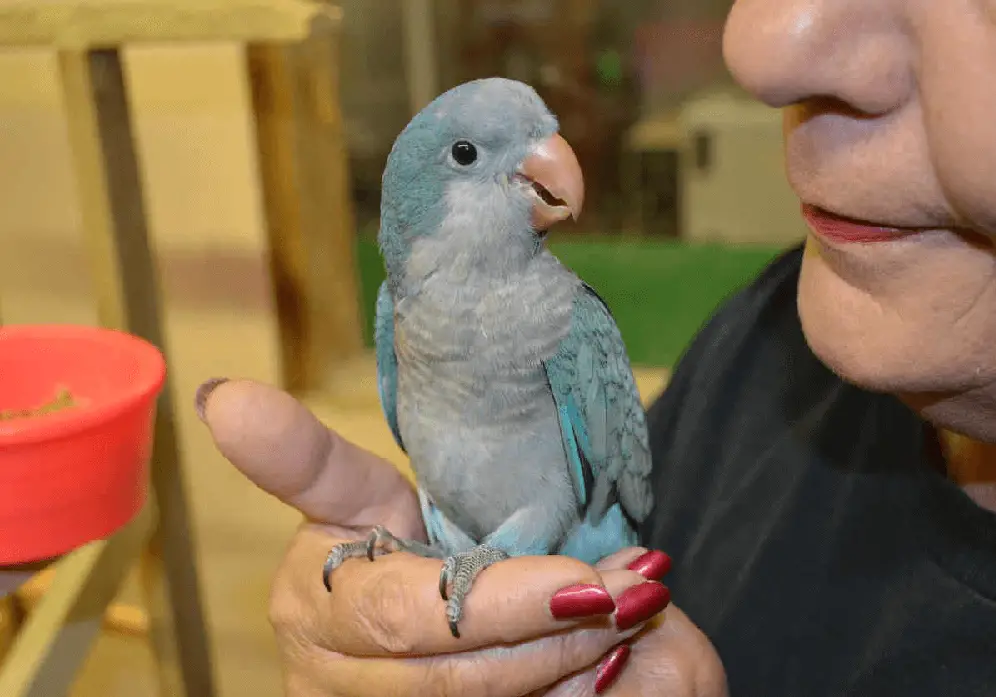
A parrot that wants your attention will climb around the cage near the door and can sit right in front of the door. The parrot will move its head back and forth, which means that it wants to come out to you. If it dances while it is gone, it wants your attention or something you have.
Attack mode in parrot body language:
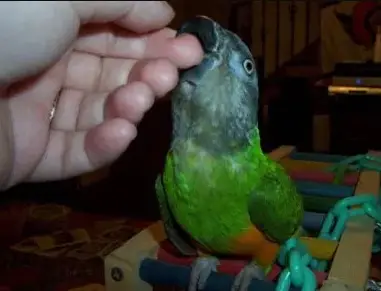
You can be exposed to some aggressive attitudes from parrots and this is normal at times although they can be obnoxious, and many offensive postures from parrots are just attitudes, and the parrot will prefer to fly away rather than engage in a fight unless it defends its nest.
But unfortunately, there is no place for the parrot to escape, and therefore the parrot appears in some aggressive situations, which include moving the tail like a fan, standing with bending or straightening with swaying from one side to the other, contracting the custom tightly to the back, and issuing a hissing and spitting sound with the open beak, and it becomes The parrot is ready to pounce or bite.
Stretching the body in parrot body language:
Parrots stretch for the same reasons humans do to lubricate our joints. This stretch feels good to the parrot. You may notice your parakeet extending its wings and legs on the same side of its body at the same time. This stretch is like something out of a yoga exercise.
The meaning of bowing and swaying in parrot body language:
Bending and swaying is a technique used by a tamed parrot, and there can be some nervous behavior of a parrot that is always in the cage with bending and swaying, so you must watch the parrot carefully to distinguish its behavior strategy to see if the parrot is sick.
Meaning of shaking head in parrot body language:
Some parrots, especially the African Gray Parrot, shake their head as if there is water in the ears. Nobody knows why they did this. It seems normal. If your bird does this a lot, it could be a sign of an ear infection or a nose infection.
The meaning of bending forward and shaking the wings in the parrot’s body language:
If the parrot’s wings are vibrating, and the bird is staring at you, leaning forward, then it is about to fly to you. In other words, the parrot is saying to you (I will fly to you).
Beak language:
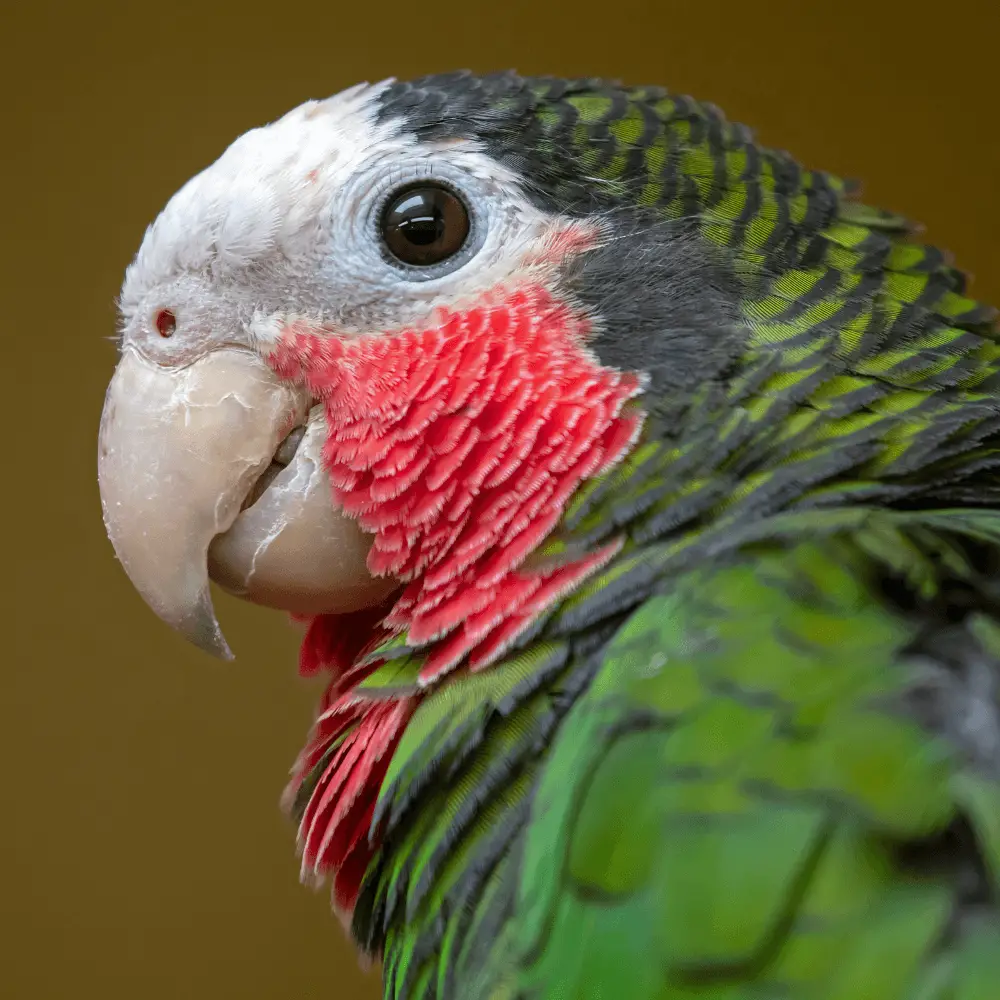
The open beak, the bending of the parrot’s body, and the issuance of a hissing or screaming sound indicate that the parrot is ready to bite, and this means that the parrot is in a state of fear.
The meaning of eye-widening in parrot body language:
A parrot whose pupils dilate or dilate inward may be excited and may be in a biting position, and some parrots do this when they are excited or excited about something they like, such as good food or a new toy.
The meaning of redness in the parrot’s body language:
Some types of parrots redden their face, such as the golden and blue macaw and the buffoon, and this is not the same reason that the face of humans turns red, as it is related to the rituals of excitement and excitement.

